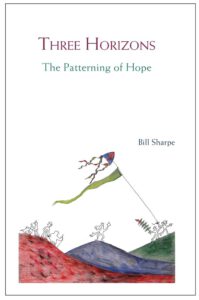Last week I tried to make the case for making the basics of ecology part of the 21st century economics curriculum. When designing a curriculum, the challenge is to not add too much. The curriculum needs to be feasible. This means we may need to kill some former darlings. Nevertheless, this week I want to make an argument for the market system.
Again, I have three reasons to support my opinion, which is, by the way, a complete coincidence.
My first argument relates to the central theme of economics: choice. How do we decide what to produce? When we discuss economic scarcity we learn about the concept of alternative allocation, but how do we decide how to allocate our, scarce, resources?
I assume with climate change and a growing population this is still an issue that needs to be addressed in the future. The market system is one of the allocation systems that addresses this, next to communal use of resources and central planning and regulating by the government – or anything in between. Therefore, I believe students need to get acquainted with the market system and its effectiveness as an allocation system.
When a student understands the market system and its advantages and disadvantages (s)he can participate in the discussion what we should leave to the market – and to what extent? Where should other allocation systems prevail? This would introduce the failure of systems – market failure, government failure and the tragedy of the commons – and the need to be able to navigate the advantages and disadvantages of the three.
When facing choice, economists often have to steer incomplete data about the past, insufficient information about the future, and the models that are based on the interpretation of both. Which launches me straight in my last argument: the need for students to understand models – their limits and possibilities. The market model is especially suited to introduce models to students because of its simplicity. Moreover, I believe when we ask students to develop their own market model, they may very well end up with the one we teach, while at the same time being more aware of the assumptions at the base of the model.
I realise that the three reasons I have given encompass a series of lessons, not just one. You could spend a lesson on the concept of alternative allocation and the need for allocation systems that keep us within the boundaries of the doughnut. Another lesson would cover the market with perfect competition and its many deviations – you probably need more than one lesson for that. This would also make a perfect introduction of the market model. Although, if you want students to develop their own model, you probably need a few introductory lessons.
I hope to provide you with some ideas in the future, so stay tuned.
henny@21steconomics.org – You can also find me on LinkedIn
Image by carlo sardena via Pixabay




